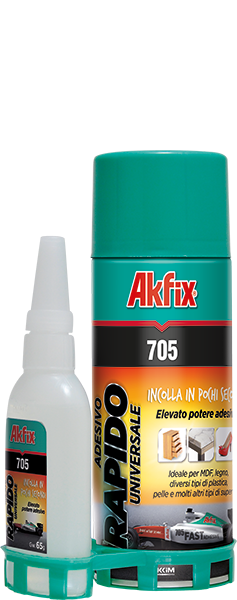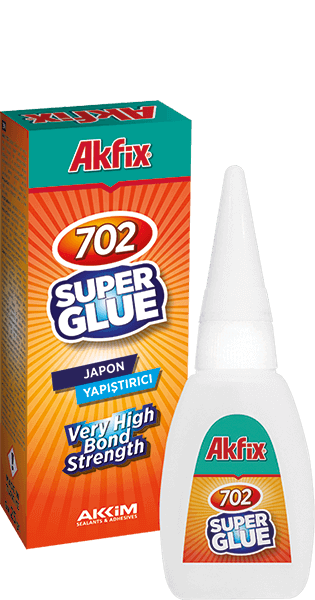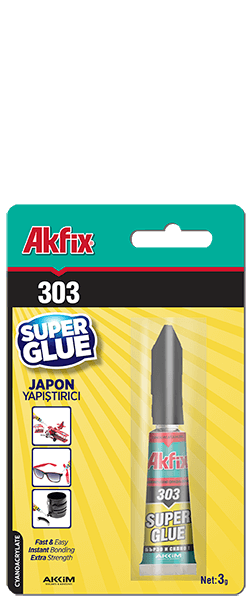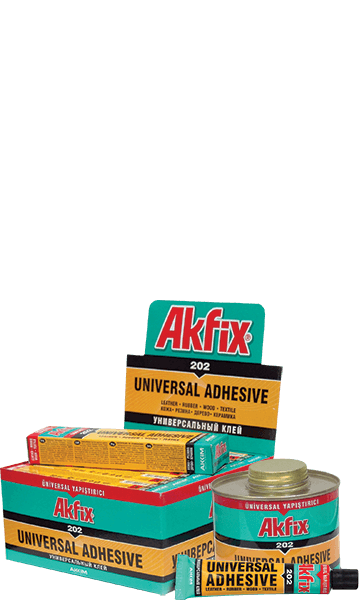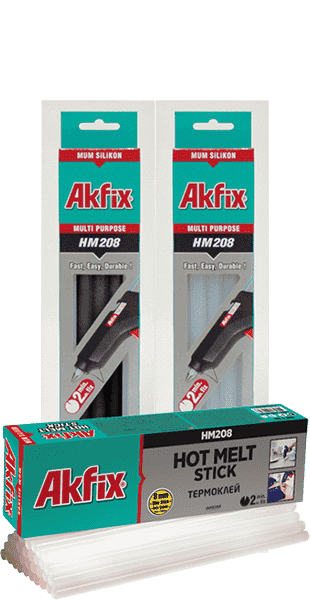What is Acrylic Sealant?
Acrylic sealant is a sealing material, mainly obtained from water-based acrylic resins. It is not suitable for use in locations subject to direct water exposure. As it is a paintable material, acrylic sealant is an ideal material for interior and exterior decoration. It cures after drying. It is an environmentally friendly material. It provides protection from dust and pests from various surface cavities.
Where is Acrylic Sealant Applied?
Since it is resistant to moisture, low or high temperature, it can be applied to different materials both indoors and outdoors.
Generally, it is used in construction, covering all kinds of cracks and gaps, expansion joints between prefabricated building elements, and assembly of wood, PVC, iron and aluminum joinery, plastering of joinery, sealing of joints, combination of eternit, aluminum roof and facade cladding plates.
Akfix AC580, AC605, AS606 coded products are suitable to be used for porous surfaces such as brick, concrete, wood, plasterboard, ytong in door frames, windows, construction joints and sanitary installations. Akfix AC607 can be used in cases where fire resistance is required, whereas Akfix AC592 Acoustic Mastic is preferred in environments where sound insulation is of the essence.
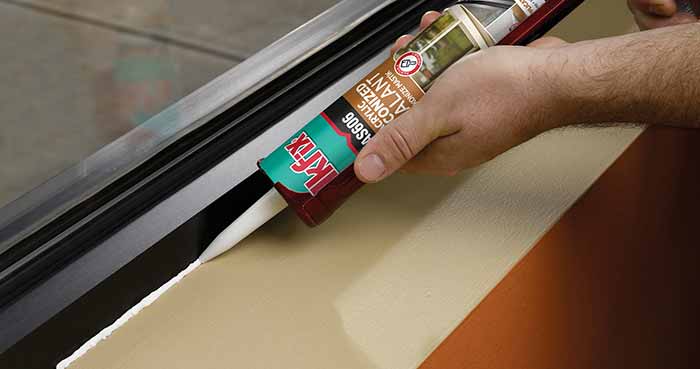
By which names is the Arcylic Sealant known in the world?
Acrylic Sealant is known and recognized in the world by the those names; Acrylic Sealant, Siliconized Acrylic Sealant, Acrylic Caulk, Siliconized Acrylic Caulk, Latex Acrylic Sealant, Latex Acrylic Caulk, Siliconized acrylic latex caulk, Decorators caulk.
Properties of Silicone Sealant
Silicone sealant is a product resistant to moisture, chemicals and outdoor weather conditions. It has high adhesion strength. It stands out with its permanent flexibility. It maintains its flexibility at low and high temperatures. It can be used in places that will be exposed to direct water. It does not cause shrinkage. It is resistant to mold formation.
Where is Silicone Sealant Used?
Generally, it can be used in PVC, aluminum and wood joinery, bathtubs, sinks, tiles and ceramics, and sound, water and dust insulation of vehicles.
For general purpose applications such as doors, windows, glass joints ,Akfix 100E General Purpose Silicone is widely preferred.
Click here for Akfix 100E Universal Silicone Window Application video.
By which names is the Silicone Sealant known in the world?
Silicone Sealant is known and recognized in the world by the those names; Silicone Mastic, Acetoxy Silicone Sealant, Neutral Silicone Sealant, Sanitary Silicone, Sanitary Silicone Sealant, Fire Rated Silicone Sealant, Rtv Silicone, Rtv Silicone Sealant, Glazing Silicone, Universal Silicone, Aquarium Silicone, silicone caulk, Acrylic gap sealant, silicone gap filling
Types of Silicone
Standard Silicones: These silicones, which incorporate the expression universal silicone on them, are the most commonly used silicones. They are used for filling, sealing, sealing and bonding. It is especially used for sealing the shower cabin, bathtub, sink edge in the bathroom. Furthermore, glass joinery, metal, tiles, PVC and structural elements used in the filling and bonding. It is a weather resistant material and thanks to its flexibility, it can be used between the window and the frame instead of glass putty. Akfix 100D Shower Cabinet Silicone provides full coverage in wet areas such as sinks and tiles.
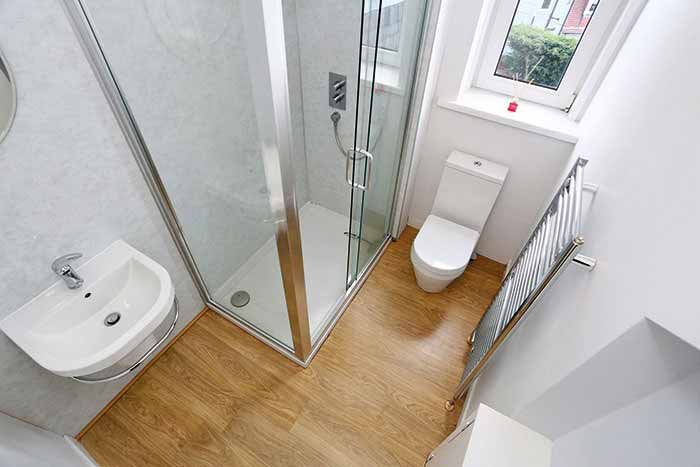
Click here for "How to Apply Shower Cabin Silicone" application video.
For applications in wet areas such as kitchens and bathrooms, Akfix 100S, with the anti-mold properties, is preferred as gap filling and sealing product. Silicone Sealant is used as the sealing material in installations that require plumbing, roofing and guttering. Akfix 910N Roof and Plumbing Silicone is designed for long-term durability. It is a high performance product for applications such as connection sealing.
Akfix 915N Neutral Exterior Silicone is a product developed for use in exterior sealing applications, especially for porous and non-porous surfaces. It provides excellent adhesion.
Mirror Silicones: Also known as mirror adhesive. One of its most important properties is that similar to other silicones, it cures from inside to outside, not from outside to inside. Such silicones do not damage the black glaze layer behind the mirrors. It can be used in mirror adhesion, and in window, sealing of joints. Akfix 900N Mirror Silicone is specially designed for adhesion of the mirrors and glass. It does not cause corrosion in mirrors and does not diminish and lose its properties at high and low temperatures.
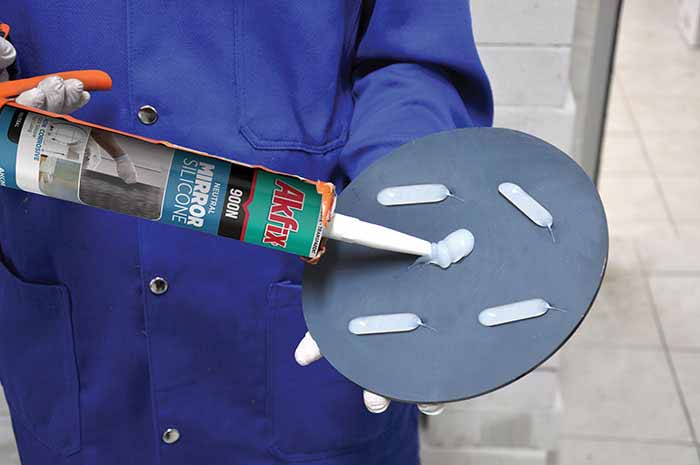
Heat Resistant Silicones: It is generally used in the production, repair and manufacture of automobile spare parts for industrial machinery parts and electrical household appliances that require high heat resistance. It has high elastic properties. It is frequently used in automotive as a liquid gasket. It can be used for adhesion, filling, insulation purposes. For sealing and bonding in where high temperature resistance is required, Akfix HT300 High Temperature Silicone provides an effective solution with its excellent durability.
Aquarium Silicones: They are generally used in aquarium manufacturing and repair. Being harmless to fish and plants, these silicones adhere perfectly to glass. Akfix 100AQ is used in Aquarium manufacturing and assembly and manufacturing of glass structures. It does not contain chemicals that can harm living beings.
Click here for the "How to make an aquarium with Akfix 100AQ Aquarium Silicone" application video.
Other Areas of Use of Silicones: It is used in windows, greenhouses, swimming pools, cars and boats and especially to ensure the sealing of joints. Primer is primarily used before applying on floors. On plastic surfaces, sanding can be done for a better and stronger adhesion. Application temperature should be over 5 degrees. When applied to aquariums, the silicone must be cured thoroughly before placing fish and plants.
What Are The Differences Between Silicone Sealant and Acrylic Sealant?
One of the advantages of acrylic sealant over silicone sealant is that it can be painted. While most acrylic sealants can be painted, this process does not apply to silicone sealant. Furthermore, in all other areas, silicone sealing materials perform better than acrylic sealing materials. Silicone sealant is more flexible and long lasting. Acrylic sealant varies depending on the climate in which it is applied. Besides, silicone sealants can be applied more easily than acrylic sealants.
Tags : Standard silicone, anti mold silicone and white silicone, colored silicone, auto silicone, aquarium silicone, glass silicone, heat resistant silicone, construction silicone, door and window silicone, Acrylic Sealant, Siliconized acrylic sealant
















